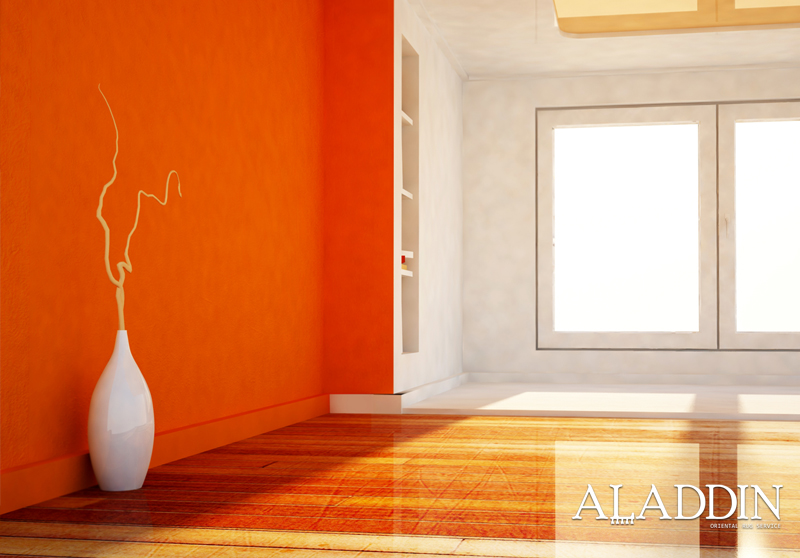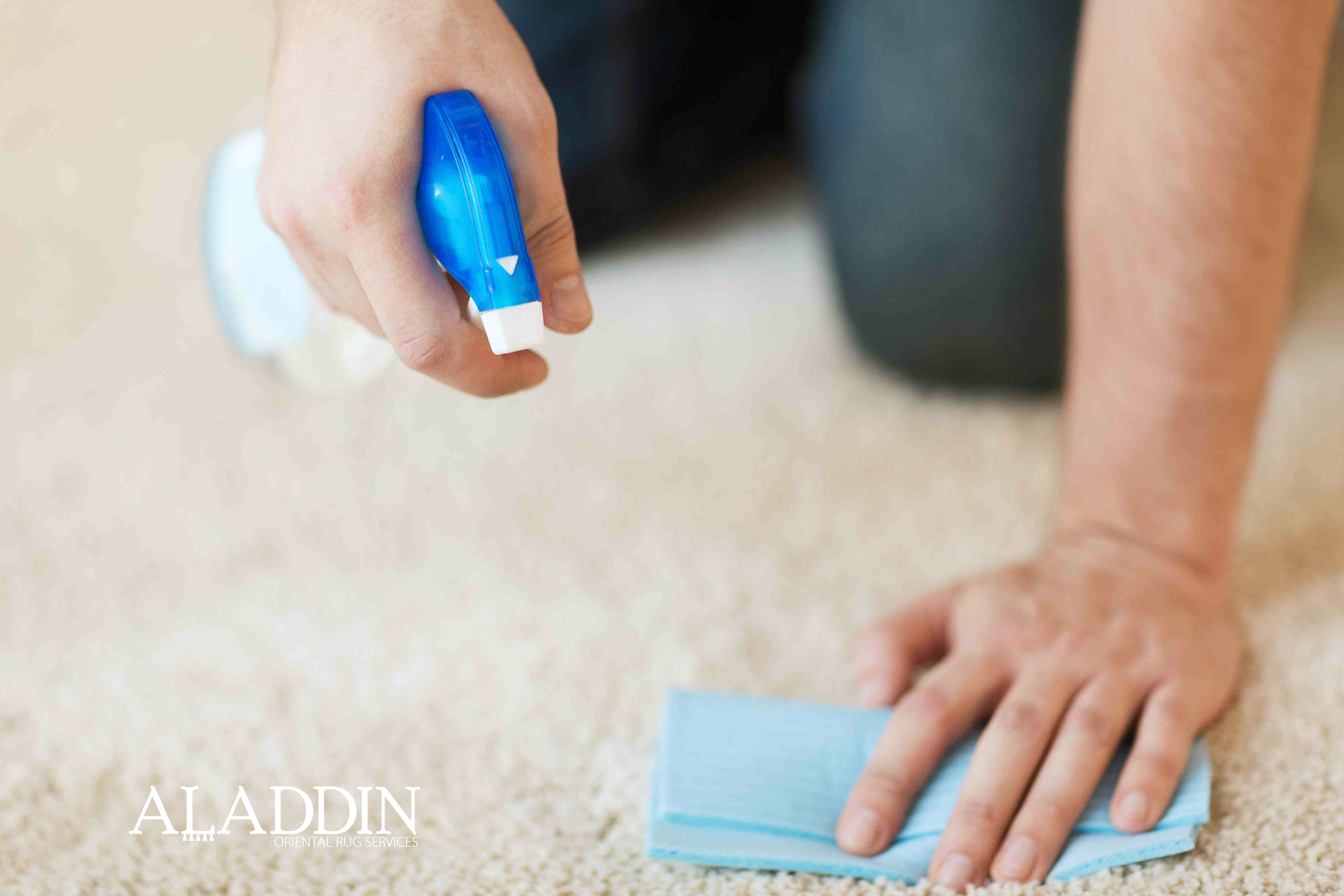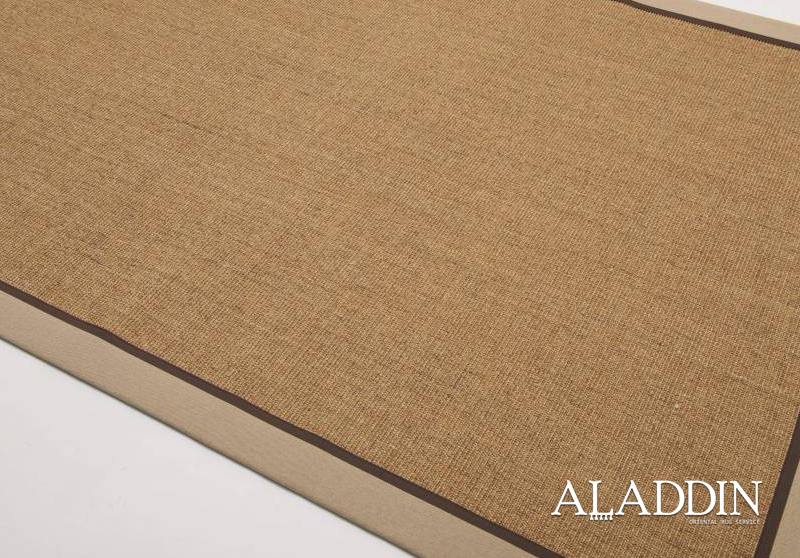Dry rot is one of the worst things that can happen to a rug. Mildew, dry rot, and mold are all various stages and types of fungi – and while mildew and mold can sometimes be removed, dry rot cannot be countered. Dry rot causes the foundational fibers of rugs to deteriorate and fall apart, and ruining its structural integrity. Sometimes, if stopped early enough, mildew and mold can be stopped, and you can go through with carpet restoration. Here’s Aladdin’s guide to dry rot, mold, and mildew.
Causes of Dry Rot
Dry rot is caused by either too much or too little moisture. Floods, leaks, or evaporation through improper storage in plastic can cause it. Pets can also cause dry rot by urinating on rugs. Buildup of residue from cleaning products can dry up rugs and cause dry rot, as well as any sort of peroxide or bleach.
How to spot dry rot
First of all, look for any color discoloration, especially areas with bluish mold. If there’s sources of water near rugs, look for any problems near that area of the rug. Common culprits are plants, water coolers, or ceiling leaks. Once mold reaches the inner foundational fibers of a rug, it’s pretty much impossible to remove it. If an area of a rug is stiff, or cracks when you bend it, or gives you a hard wood like knocking sound when you hit it with your knuckles, you’re dealing with dry rot.
Antique rug fibers can become brittle over time, and should not just be bent to check up on dry rot. With these rugs, look for any signs of moisture or spills. Common telltale signs are any splits or severe cracks across the borders of rugs.
Combatting Dry Rot
- First, take a picture of any signs of dry rot to show to a rug or carpet professional.
- If there’s any mildew or mold on the rug, use disinfection or sanitization solutions to combat it. If there’s dry rot involved, you can lessen the cracking and stiffness with petroleum or denatured alcohol.
- Some keratin products can add levels of suppleness or sheen to rug fibers, that get built up over time, but requires lots of continued use for a true effect. These solutions can make an antique rug look amazing, when it’s truly not in great condition – so when you’re purchasing rugs keep this in mind, and allow a licensed appraiser to inspect it.










